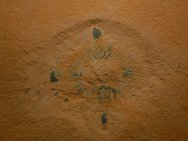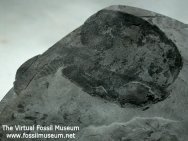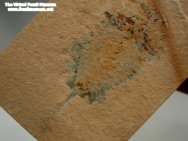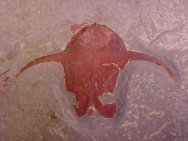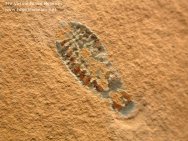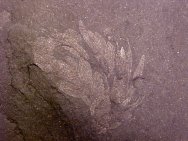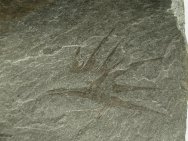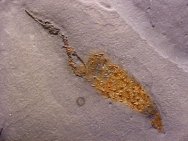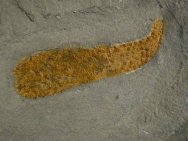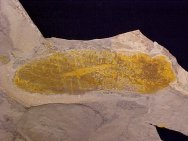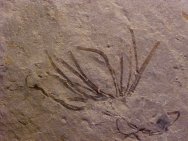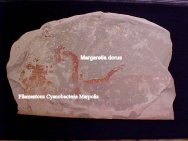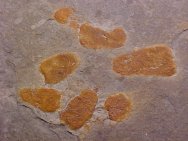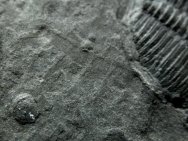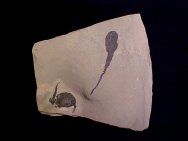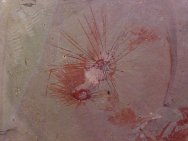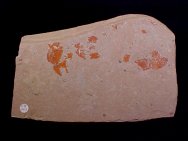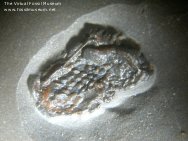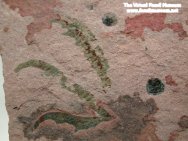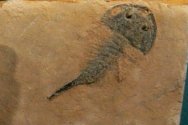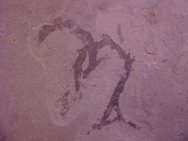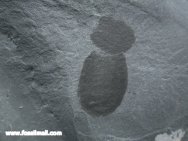Fossils of the Cambrian Explosion from Utah
Cambrian Explosion Fossils of Utah - America's Burgess Shale |
Related interest: The Cambrian Explosion |
Burgess Shale Type Fossils from Utah's House Range's Konservat-LagerstättenThe Burgess Shale of Canada and Chengjiang, in Yunnan Province, China are the best known Lagerstatten of Cambrian time Both sites have a great diversity of benthic or burrowing creatures. Less well known is that the western state of Utah has similar fauna of the Cambrian Explosion. Interestingly, some scientists believe that a larger number of species are found in the Weeks, Wheeler and Marjum Formations within the House Range in Utah than in the Burgess Shale, though the fossils are far less abundant and not as well preserved. Even fewer are collected simply because collectors usual do not recognize them as fossils. During the Cambrian, what is now Utah was part of the continent of Laurentia that now encompasses what is now North America. Cambrian outcrops bearing well preserved biota of the Cambrian Explosion are found in Utah, Western Canada and California, among others. Warm shallow seas covered Utah itself, a perfect environment for fine sediments to rapidly bury a diverse and exploding faunal assemblage of marine organisms. The Middle Cambrian Wheeler, Marjum and Weeks Formations are exposed within the House Range west of Delta, Utah. Both formations are famous for their trilobites and other shelly fossils, but also contain a rich diversity of fossils of soft-bodied animals of the Cambrian Explosion, many of which are from these and other Utah locations are shown below. | ||||||
Fossil
Museum Navigation:
Home Geological Time Paleobiology Geological History Tree of Life Fossil Sites Fossils Evolution Fossil Record Museum Fossils |

